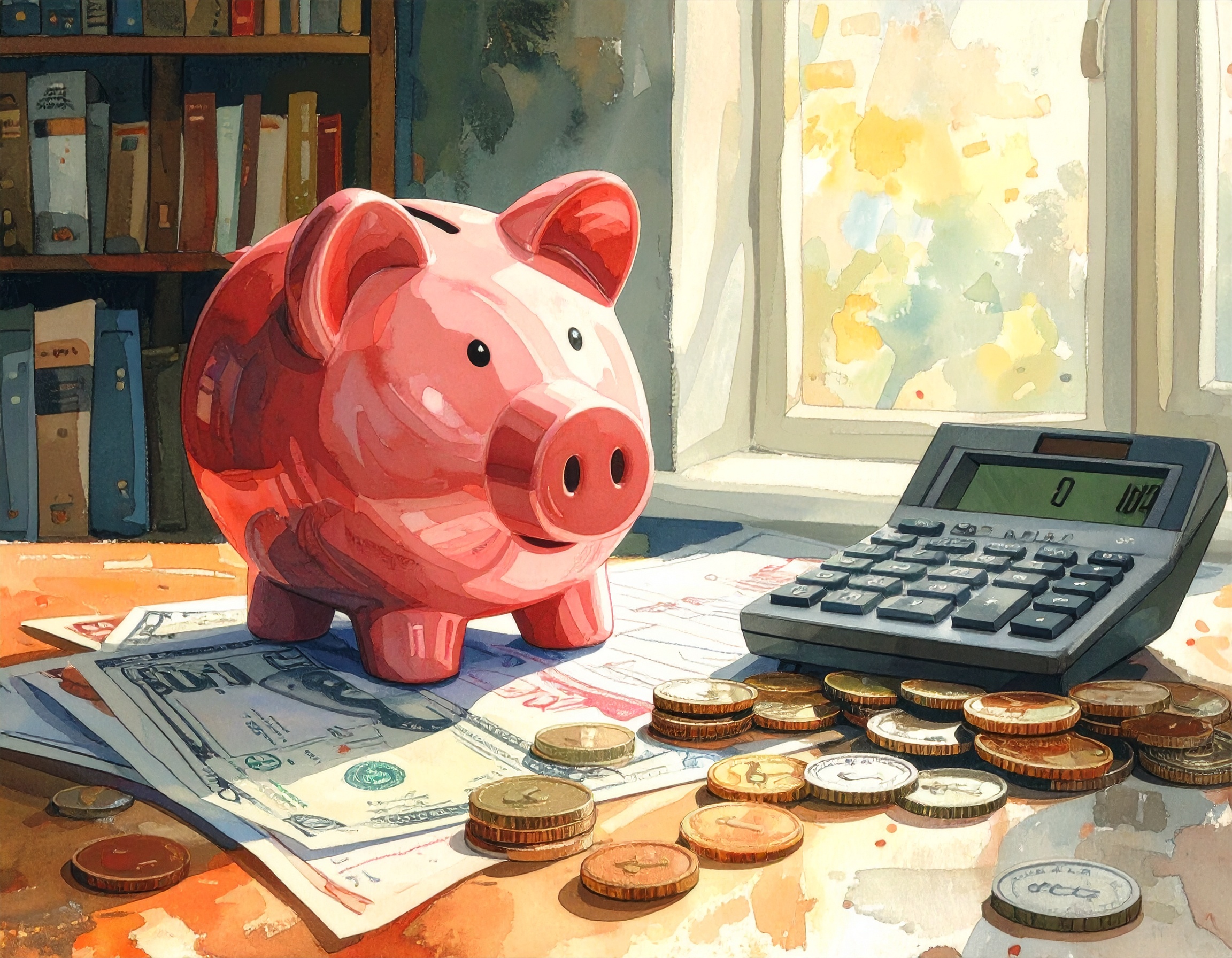
At Wise-Wallet, personal finance is a journey.
Read MoreCorrect! Click Below for Reward!
When you receive a moderate windfall — a bonus, refund, or small inheritance — the most prudent immediate action is intentional division: pay down high-interest debt, add to emergency and long-term savings, and reserve a modest portion for discretionary enjoyment. This structured split preserves long-term benefit while allowing a small reward for the present. The rationale: paying high-rate debt yields an immediate, guaranteed return equal to the interest rate you avoid; boosting emergency savings reduces future borrowing risk; and a modest discretionary allocation preserves the psychological benefit of the windfall, reducing the chance of reckless spending that undermines long-term goals.
To operationalize, create a pre-decided allocation rule that fits your circumstances (for example, 50% to debt reduction/savings, 30% to long-term goals, 20% to leisure) or adjust those proportions according to priorities (if you have no debt, allocate more to investments). Avoid immediately parking the windfall in checking where it’s likely to be spent; instead, transfer to labeled accounts (debt-payoff, emergency, investment, fun). Automate any recurring changes when appropriate (one-time extra principal payments, lump-sum transfer to a brokerage or retirement account) and document the plan so the windfall delivers long-term structural benefit instead of short-term gratification.
By Quiz Coins
A backdoor Roth is a legal technique some high earners use to get Roth tax treatment by converting nondeductible IRA funds.

Pick cards to match your life: cashback for simplicity, travel cards for frequent flyers who use perks, and balance-transfer cards to crush debt — then automate, pay in full, and track value.
Read More
Build a simple, automatic emergency fund by choosing a target, automating transfers, and using low-effort saving hacks — no spreadsheets required.
Read More